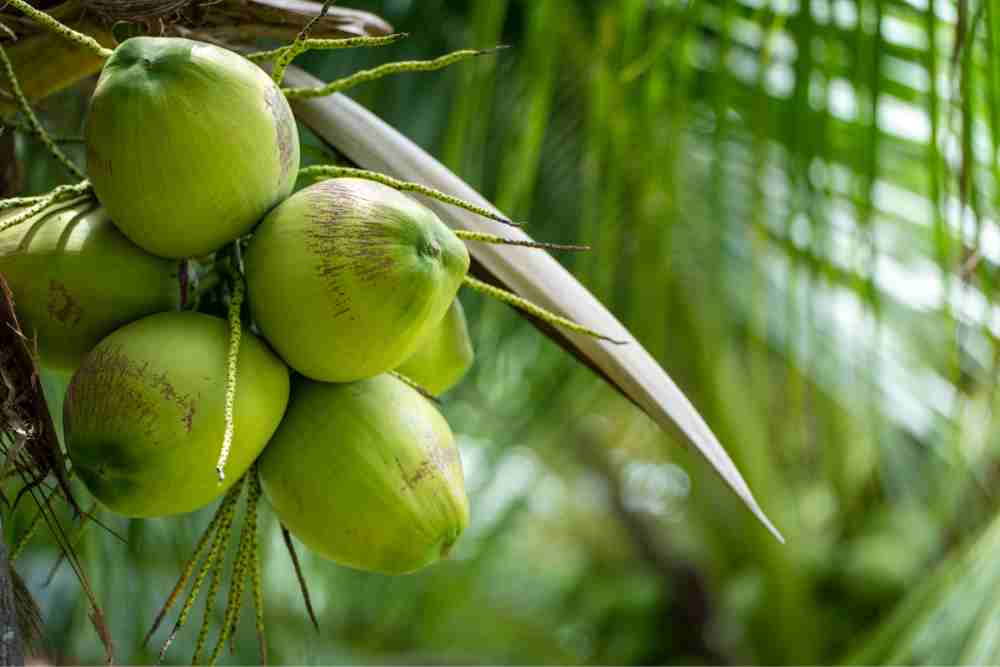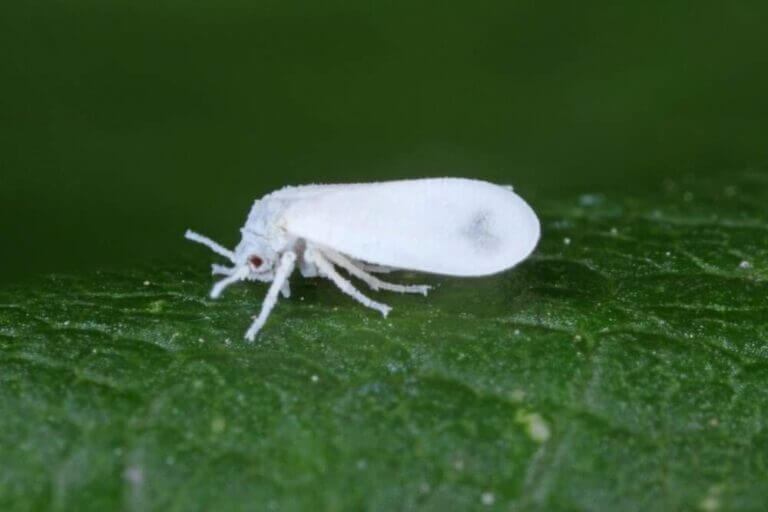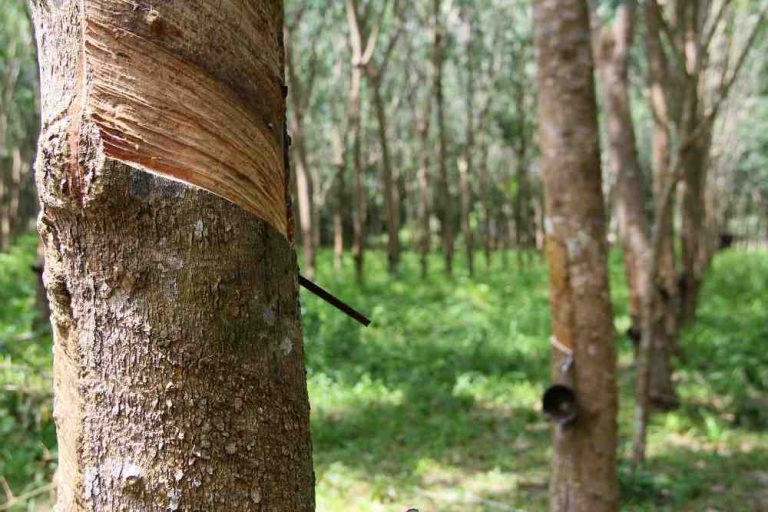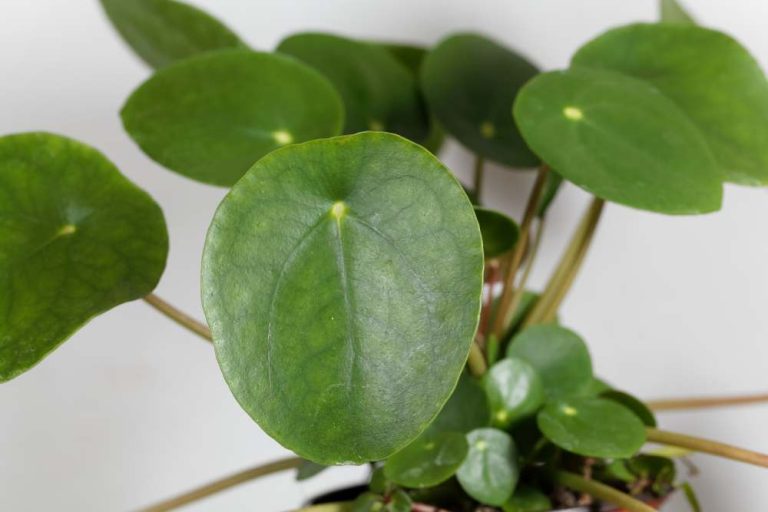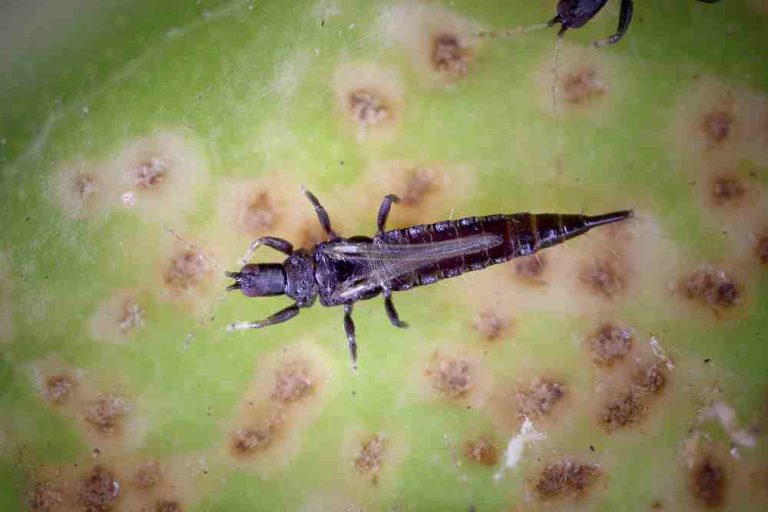Pest and Diseases Of Coconut
The coconut [Cocos nucifera (C. Nucifera)L.] It is an important tree in the world. Since it has many uses it is often called the “tree of life”. Coconut provides food for millions of people, especially in tropical and subtropical regions. Effective control measures are essential to combat the wide range of pest and diseases of coconut, as they can devastate coconut plantations and jeopardize the livelihoods of farmers relying on this valuable crop.

Diseases of Coconut
1. Bud Rot
Bud rot fatal disease caused by the fungus Phytophthora palmivora. Young palms (5-20 years) in dense under plantations are particularly vulnerable to the disease. These incidences are common during the wet season with high relative humidity.
At the initial stage, slight withering and drooping of the spindle leaf occur. Rooting of the terminal bud and surrounding tissues which degenerate into a slimy mass emitting a foul smell that attracts flies. The palm crown can be severely infected and finally drops off. Following Control measures can be done.
Affected palms with slanting terminal buds should be cut and burnt. Application of borax mixture or 1% copper fungicides, after removing infected dead tissues. As a preventive method, the crown of healthy palms in the vicinity of affected palms should be treated by placing fungicidal bags in the axil of the young palm.
2. Leaf Blight
This is caused by the fungi, Peastalozzia palmarum, and Bipolaris incurvata. Initially, yellow-brown spots appear on the leaflets of lower fronds. Which gradually enlarges and turns grey. In advanced stages, these spots coalesce to form large brown areas giving a scorched appearance. Apply muriate of potash or kitchen ash. Improve drainage in waterlogged lands. In severe infestation, Spraying with 1% copper fungicide or Bordeaux mixture.
3. Stem Bleeding
It is caused by the fungus Ceratocystis paradoxa. Initially enters through wounds or crackers on the bark. Initially, rust-colored thick liquid oozing out from longitudinal cracks on the bark of the stem. Fibrous tissues underlying the lesion turn black and decay. After removing the dead tissues with a chisel, apply Bordeaux mixture or 1% copper fungicide solution on the wound.
4. Bole and Root Rot
This is caused by the fungus Ganoderma boninense. Attack rot. Initially, reddish-brown oozing can be seen near the base. In advanced stages, yellowing and drooping can be seen in lower fronds. Use fungicide – Calixin 70% and cut and burn infected plants.
Pests of Coconut
1. Red Palm Weevil (Rhynchophorus ferrugineus)
Generally 3 -15 years old palms are prone to pest attacks. Presence of holes on the stem, oozing out of viscous brown fluid, and extrusion of chewed-up fibers through the hole. Sometimes the gnawing sound produced by the feeding grubs will be audible. In the advanced stage of infestation yellowing of the inner whorl of leaves occur. The crown falls or dries up later when the palm is dead.
The entire life cycle is completed within the palm itself. The adult lives for 4-17 days. Egg stages last for 2-3 days, the larval stage 55 days, and the pupal stage 12 days. The adult weevil is a reddish-brown color and has a characteristics long curved snout.
The entire life cycle was completed within 90-100 days. Palm destroyed by the red palm weevil should be cut, split, and burnt to kill the pest inside the trunk. Practice clean cultivation by cutting and removing palms already damaged and the decaying stumps in the garden.
Avoid injury to the trunk as the pest lays eggs in these wounds. Wounds if any, should be pasted with a mixture of Carbaryl/ Thiodan and soil. While cutting leaves retain at least 1m of the petiole.
Use the pheromone trap for attracting weevils and kill the collected ones. If rhinoceros beetle attack is prevalent, follow the recommended use of fungicides if leaf rot/ bud rot is noticed as the weevil lays eggs in such palms. Inject attacked palms with 0.1% Endosulfan (3 ml/L water) or 1% Carbaryl (20 mg/L water).
2. Coconut Caterpillar (Opisina arenosella)
The coconut caterpillar is a serious pest infecting heavy damage to the foliage of adult coconut palms. Generally, outbreaks occur in the hot dry months of February to April. The adult coconut caterpillar is an ashy grey moth and the larva has a creamy-colored body and dark brown head.
The adult stage is late for 5-7 days, the egg stage is 5 days, the larval stage is 45 days, and the pupa stage is 12 days. The total duration of the life cycle is about 8 weeks.
Severely attacks are seen from January to May. The caterpillar feeds on the green matter from the lower leaf surface, remaining within silk and frass gallaries. In a severe attack, all the green matter of the leaves will be eaten up. Biological control is very effective against this pest through the release of parasitoids like Gorriozus nephantidis, Elasmus nephantidis, and Brachymeria nosatoi.
3. Coconut Mites
A nut-infesting mite has been found to cause serious damage to developing nuts in coconut plantations. It can be easily spread into new areas through the transportation of fresh coconuts or fresh husks.
The pest colonizes and harbors underneath the perianth region of developing nuts. It causes considerable damage to nuts by sucking the sap. Resulting in malformed and small-sized nuts, immature nut fall, and drying of the outer skin cracks often appearing in patches.
Belong a micro pest inhabiting under the periyanath, the control measures at the field level are not easy. However, by adopting the following integrated plant protection measures the mite population could be reduced considerably.
Adoption of phytosanitary measures in coconut gardens such as cleaning the crown of the palm, and keeping measures of the mite population could be reduced considerably. Spraying biopesticides on the bunches. 2% neem oil-garlic oil emulsion (20 ml neem oil+20g garlic+ 5g bar soap in 1L water). The emulsion has to be prepared on the same day of the application itself.
Following palm healthcare practices also may be adopted. Recycling of biomass generated within the coconut system by vermicompost method or by using lignin-degrading fungus. Application of recommended dosage of fertilizers, in two split doses, as per the package of practices prevailing in the respective states. Soil moisture conservation by following methods,
- Burial of coconut husk in the basin.
- Mulching with coir pith wherever available.
- Mulching the basins (2M radius) with coconut leaves/ green manure/ green leaf manure.
4. Coconut Scale
The coconut scale (Aspidiotus destructor) is a dry-season pest. The ant which feeds on honeydew secreted by the pest is a good indication of its presence. It feeds on the lower surface of leaflets and yellow patches appear on the upper surface.
When heavily infected, the entire frond turns yellow, followed by withering and drying off. There are naturally occurring parasites and predators. The parasites Aphytis chrysomphali is a tiny flying insect found in infected areas.
The adult and larvae of the ladybird beetle Chilocorus nigritus and Pullus xerampelinus are common natural pests. In heavy infestations trunk injection with 60%, monocrotophos is recommended.
- 20+ Chic Boho Bedroom Ideas for a Cozy and Stylish Retreat - June 20, 2024
- 12+ Modern Boho Living Room Ideas to Create a Unique Oasis - June 10, 2024
- 10 Stunning Canopy Bed Ideas for a Dreamy Escape - May 16, 2024

